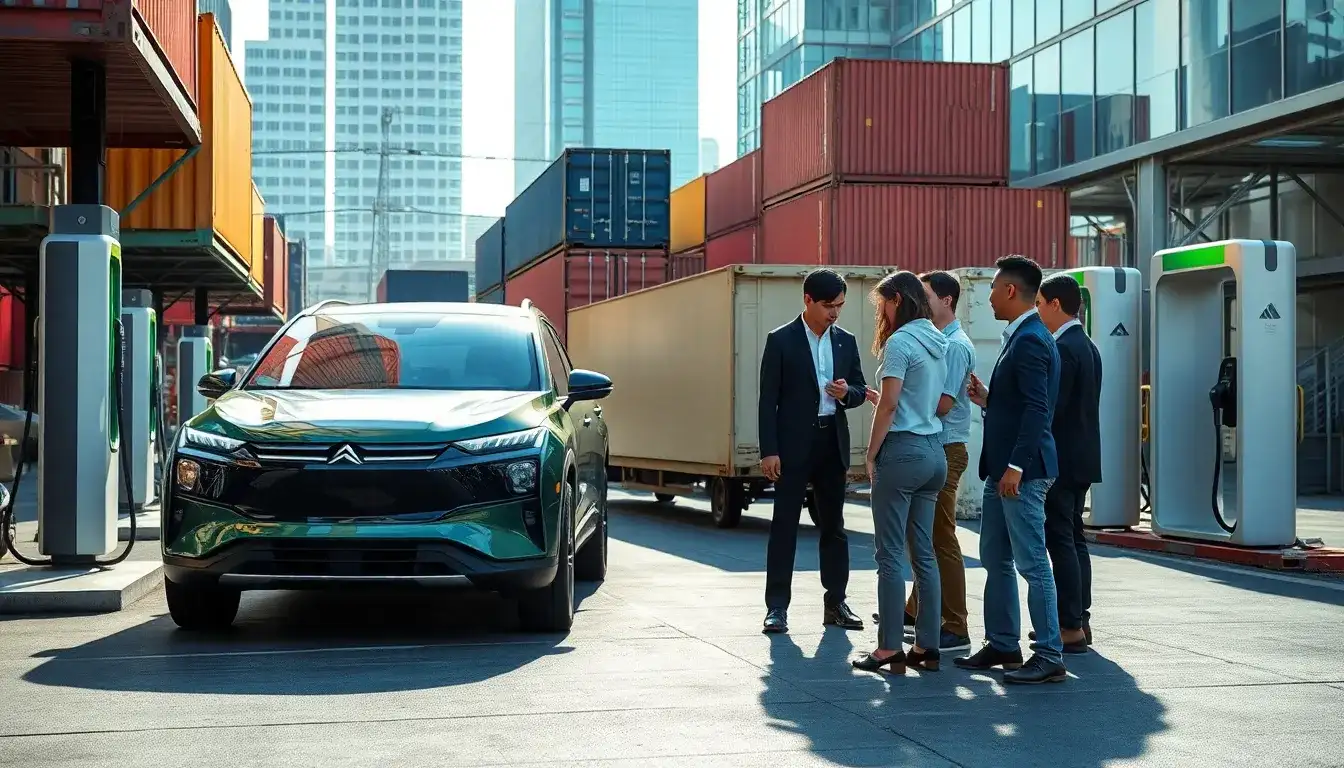
Electric Vehicle Battery Supply Chain Update! Are you feeling lost? Are you looking for insights? – Electric Vehicle Industry Analysis
As the electric vehicle industry continues to evolve, I can tell you that the online release of supply chain updates will be critical. Following three working days after the release, we can expect the supply chain to align more closely with the needs of the electric vehicle market.
According to the latest reports, the electric vehicle battery storage capacity reached a record high of 164.8 GWh in 2022. This surge in battery capacity indicates that the supply chain is ramping up effectively to meet the growing demand for electric vehicles. In 2023, 52 electric vehicle companies in China are set to manufacture EV batteries, with the top 10 companies accounting for 96.8% of the market share.
The average battery capacity per vehicle is projected to increase significantly due to the rising demand for electric vehicles. The supply chain is expected to stabilize around mid-2024, which should improve the overall battery storage levels.
The EVTank system plans to launch 279 projects, with 229 projects already funded, accumulating a total financing of 628.18 billion yuan. This indicates a robust trend in funding for the electric vehicle industry, which is crucial for meeting the future demands of the market.
In 2023, the battery industry is expected to see a significant shift towards sustainable practices, with companies focusing on reducing costs and enhancing the efficiency of their supply chains. The anticipated projects in 2024 and beyond are expected to contribute to the overall capacity and efficiency of the electric vehicle battery market.
As we move into the future, the electric vehicle battery supply chain is expected to continue its upward trajectory, fueled by advancements in technology and increased consumer demand. The focus will be on increasing production efficiency and ensuring that the supply chain can meet the growing needs of the market.
With the electric vehicle sector poised for rapid growth, the next few years will be crucial for companies to innovate and adapt to the changing landscape. The electric battery landscape is set to evolve, and it will be interesting to see how it unfolds in the coming years.
In conclusion, the electric vehicle battery supply chain is gearing up for a transformative decade ahead. Companies will need to navigate the challenges and opportunities presented by this evolving market, making strategic decisions to ensure sustained growth and success.







